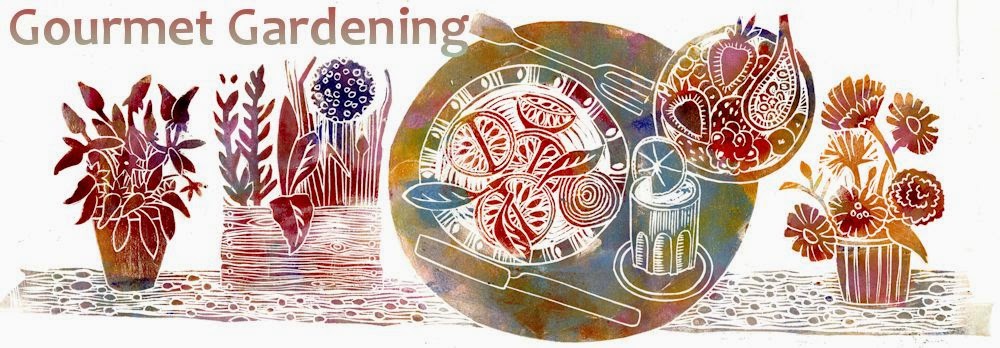This is not a recipe book, although it does contain recipes. Author Niki Segnit has devised a flavour wheel (divided into segments like a colour wheel) made up of sections for different ‘flavour families’ – such as ‘Green & Grassy’, ‘Citrussy’ and ‘Floral Fruity’. Each of these sections gives examples of foods in that category, so under ‘Mustardy’ you get watercress, capers, and horseradish; under ‘Creamy Fruity’ there are banana, peach, coconut and mango, among others. The bulk of the book comprises exhaustive lists of the ways in which two different flavours can be paired together.
So, on the flavour wheel, you find anchovies listed in the ‘Brine & Salt’ section, and adjacent to oily fish in the ‘Marine’ section. Turn to the chapter on anchovies and you’ll find descriptions and recipe examples for anchovies paired with cauliflower, anchovies paired with lemon, paired with beef, with sage, and so on. All the classic double acts are in here: tomatoes + basil, pork + shellfish, cabbage + bacon, peas + mint. There are also lesser known pairings: lamb + dill in the Greek soup mageiritsa, or Sauce Maltaise, the Hollandaise sauce made with blood orange juice instead of lemon and created to be paired with asparagus.
The result makes for (possibly surprisingly) compulsive reading – and extremely satisfying for a list-obsessive such as myself. The treatment could have been dull, but Niki writes in a bright and breezy style with plenty of good throwaway lines (“The only drawback to lamb and artichoke stew is having to peel and chop globe artichokes. You end up looking as if you’ve been playing pat-a-cake with Edward Scissorhands”). It’s not all superficial though: there are some lovely turns of phrase – she describes the flavour of cloves as ‘like sucking on a sweet, rusty nail’, and likens the ‘faint metallic tang’ in watercress and blue cheese to letting ‘the tines of your fork linger in your mouth a moment too long’. She also gives a brief recipe for Asturian fabada, under black pudding + pork, which she calls ‘astonishingly delicious’, which is just fine by me.
Niki Segnit
Bloomsbury




